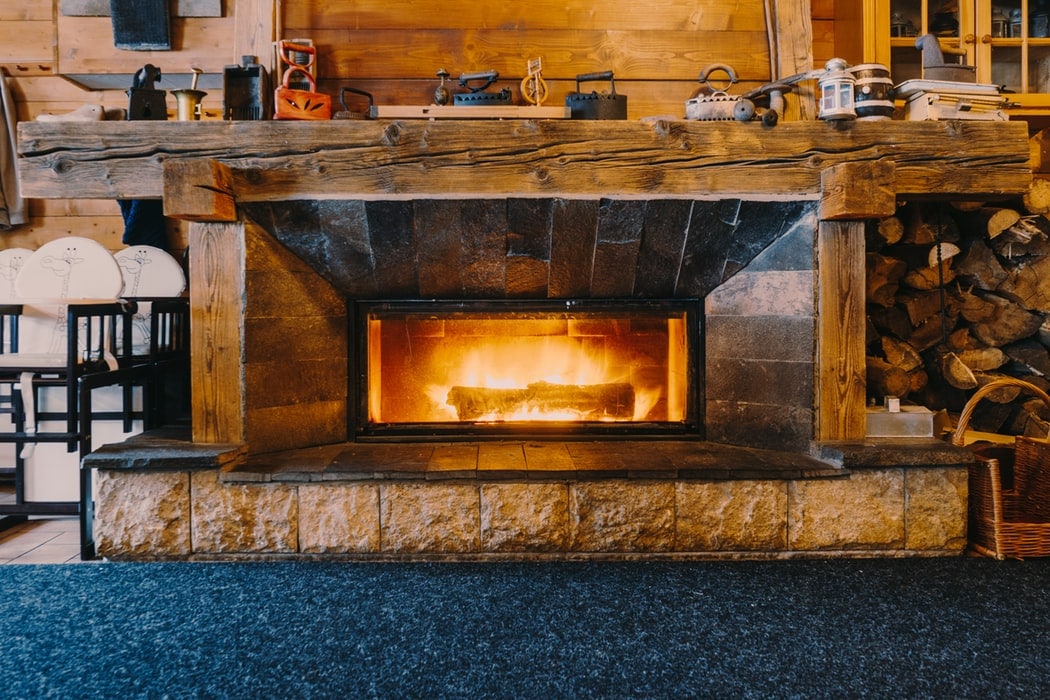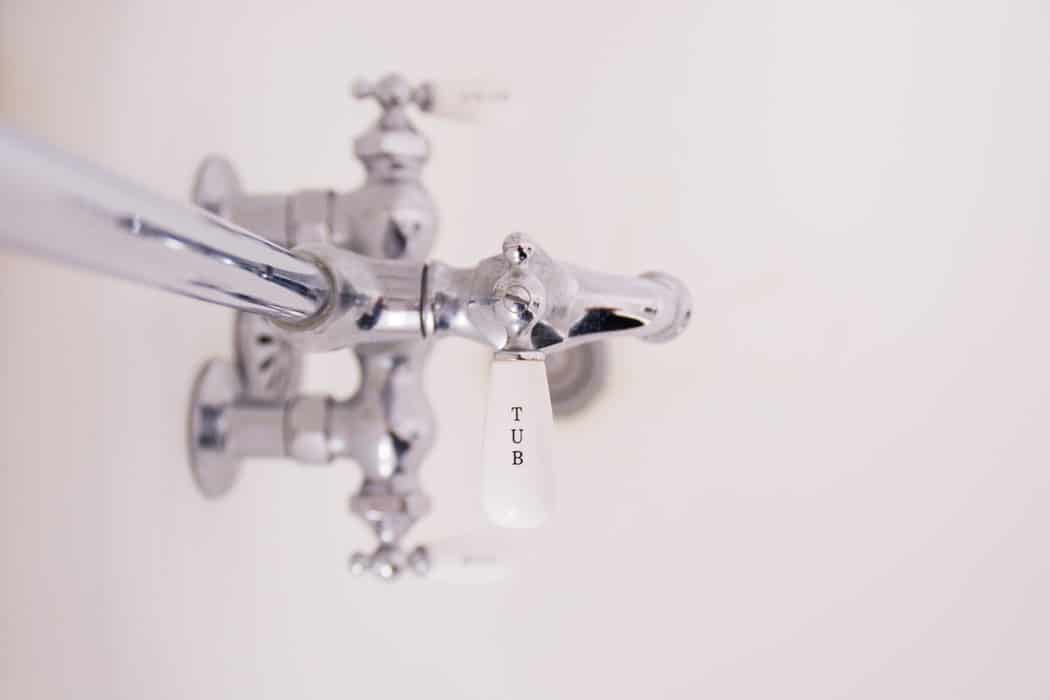Having a fireplace at home warms hearts and bodies. Nowadays gas fireplaces are often replaced by electric fireplaces.
But if you are a happy owner of a traditional fireplace with its ultimate cozy magic here is something you would like to know.
Fireplace ignition system types
Modern fireplaces most often use electronic devices to ignite the fire and to control the work of the fireplace. It is pretty much comfortable to use and has some advantages. It saves the cost because it doesn’t use any gas and is easy to maintain. The problem of the electronic ignition system is that if the electricity goes out you won’t be able to ignite the fireplace
The traditional fireplace ignition system is based on the pilot light. A pilot light is commonly used in many devices, like water heaters, stoves, and room heating systems.
How does the pilot light works?
Gas fireplaces have the system of ignition based on the pilot light stand that provides flame and the thermocouple that sends an electric signal for the gas valve. When the pilot is on, the flame gives the right temperature to the thermocouple sensors and in its turn, the thermocouple gives the signal. These two devices depend on each other’s work. Thermocouple provides the signal that lets the pilot light stay on. The light provides the temperature needed for the thermocouple to work. This dependence is one of the main reasons for issues in the fireplace work.
If you can’t turn on your fireplace or the pilot light goes off you should check the system for the problems.
-
Photo by Raspopova Marina on Unsplash
How big should pilot light be?
To examine the work of the ignition system, first of all, see what does a pilot light look like. If it is too big or too bright it may give you a hint to the problem
For the perfect work of the system, the light of the pilot should be blue, low and should reach the sensors placed to the sides of it. The sensors should be like “wrapped” by the flame The distance between two elements is usually near 1 inch, so this is how big should pilot light be on gas fireplace
Related: How to de-winterize the house?
What happens if the pilot light is too long?
If the pilot flame is too long it will not reach the sensors and they could not ignite the system. Also, the bright orange light does not provide the temperature needed for the thermocouple to work. It probably would not cause any damage to the system, but it may have issues with the ignition.
So, if the flame of the pilot stand looks rather like a candle flame than the flame on the gas hob, there is a problem with your fireplace system.
-
Photo by Michael Shannon on Unsplash
How to adjust pilot light flame on gas fireplace
If you’ve found out your fireplace pilot light is bad you may try to fix it by yourself or call the maintenance.
In most cases it is not too hard to fix the problem by yourself, so here is the list of what you can do to:
- Try to clean the aperture of the pilot tube with a needle
There may be some obstruction causing the problem
- Turn the screw on the control panel to adjust the size of the flame. Use a screwdriver. A clockwise turn will make the flame smaller and the counterclockwise turn will increase it.
- If you have a lo-hi button on the fireplace – use it! It is designed to adjust the flame size.
If it didn’t help you may probably need to clean the pilot assembly or to change it. It is recommended to delegate this task to the professionals. Although, you may try to do this by yourself. Unscrew the pilot orifice and the pilot tube and try to remove the obstructions with a wire brush. Or change the pilot assembly to the new one.

Why the Pilot Light Goes Out?
The ignition system may be in good condition and the light may still keep going out. Here are the possible reasons for the problem:
- Airflow from nearby door or window may keep blowing the light out. Make sure the system is protected from the random airflow
- Poor venting performance can be a reason. Venting should work properly to provide enough oxygen to the system.
- Problems with the gas regulator or gas availability.
These may be the reasons why the pilot light doesn’t work properly. Try to check each of them by yourself or get professional help for troubleshooting gas fireplace pilot lights.
Should I turn the pilot off on my gas fireplace during the summer?
Let’s explore the benefits and drawbacks of leaving the pilot gas on in the warm season.
Pros:
- Leaving the gas on protects the tubes from the spider web. Spider web is extremely strong and may clog the tubes. Spiders are attracted to the ingredient added to the gas artificially to give it the smell and love to build a web in the tubes.
- You may turn the fireplace on a cool night.
Cons:
- The main reason to turn the gas fireplace pilot light off when the season is over is the waste of gas. Gas is expensive and leaving the pilot light for a whole season with no need of using the fireplace will increase the number in the bill significantly.
- Extra heat delivered to your house during the summer. Glass door of the fireplace will be heated by the pilot light and cause an unnecessary increase of the temperature.

It’s up to you decide whether or not to fireplace pilot light always on with no need for turning the fireplace. Our opinion is to leave it off until the next season to avoid extra expenses.
Remember that the gar fireplace is a dangerous system. Follow safety rules and don’t try to troubleshoot the problems with the ignition system if you are not too confident you are able to do that properly.
Stay warm and safe enjoying your cozy time near the fireplace!
Signs of a Malfunctioning Pilot Light
- Unusual Flame Color: The pilot light is supposed to be blue if the color is healthy. Contamination can also be identified by flames that are yellow or orange.
- Flickering or Unsteady Flame: A steady flame but a light that is out, swinging or sputtering most often points to the supply of gas or drafts.
- Frequent Extinguishing: However, there are cases wherein the pilot light will go off constantly and this means that the thermocouple or the gas valve should be fixed.
- Difficulty Igniting: Some of the difficulties it is easy to encounter when lighting the pilot light may be as a result of a blockage in the pilot tube or a problem with ignition system.
- Soot Buildup: Soot build up around the pilot light area is an indication of incomplete combustion and needs a technician to check.
Safety Precautions When Handling Gas Fireplaces
- Regular Maintenance: Get professional certification for the cooking equipment’s annual checkup for safe and proper working of all the components.
- Recognize Gas Leaks: The smell of rotten eggs: It is a known sign that there exists a gas leak. If detected get out of the area and shut off the supply of gas immediately seek help from a professional.
- Install Carbon Monoxide Detectors: This can be achieved by installing detectors near fire places and within bedrooms with regards to toxic gas production.
- Keep Flammable Materials Away: Ensure you keep certain distance between the fireplace and other flammable products such as curtains, furniture, and decorations.
- Educate Household Members: Make sure all those who are in a position to use the fireplace are aware of how to safely operate the device and in case of a problem what action should be taken.
Lighting Gas Logs. Do It Right!
To light gas logs safely, turn the control handle to the pilot position, press it in, light the pilot with a match and hold down the handle for half a minute until the pilots are burning on their own.
After lighting gas logs pilot light, set the handle to the “On” position.
Frequently Asked Questions
Some consider pilot light to be a waste of gas, others see it as an irreplaceable part of the heating system. What size shall pilot light on a gas fireplace be? Is it thrifty to use it at all? Below you’ll find all the answers you need.
How much propane does a pilot light use?
The daily consumption of liquid propane is about 1.80 dollars which is approximately 675 dollars per year. However, it all depends on what kind of equipment we are talking about. The fireplace, the gas log pilot light, and, for example, a boiler will consume different amounts of propane and the cost will be different respectively.
-
Photo by Annie Spratt on Unsplash
How to adjust pilot light on gas fireplace
Sometimes the house owners notice that the pilot light in their gas fireplace is too high. Normally it’s blue and low but if it’s burning too strong it can be yellow or even orange and much higher than necessary. Naturally, they wonder how too much fuel.
So, if your pilot light flame also tends to be too high, ensure that your fireplace doesn’t have a button to bring the flame up or downward. If there’s no such button, adjust a screw on the fireplace. Turning it clockwise will reduce the fire whilst moving the opposite direction will raise it.
Lighting gas logs. Do it right
To light gas logs safely, turn the control handle to the pilot position, press it in, light the pilot with a match and hold down the handle for half a minute until the pilots are burning on their own.
After lighting gas logs pilot light, set the handle to the “On” position.
A noisy pilot light. Is it normal?
Some owners of the gas fireplaces become worried when they hear some noises from the fireplace. However, it often means that your fireplace needs some cleaning. For example, if you hear roaring sounds when gas fireplace pilots are working, you simply need to adjust the flame a bit.
A rumbling sound means that the burners require cleaning.
Shall I turn off the gas if pilots are off?
If the pilot light is off on fireplace, does the gas need to be turned off? Well, it shall be turned off, otherwise, you won’t be able to relight the pilots again. It refers to the gas log pilot light as well.
How big should pilot light be on water heater?
A proper-size pilot light must be blue with a yellow tip. It must also be strong enough to cover about half an inch at the end of the thermocouple tip. An intense blue flame with audible noise means an incorrect setting, leading to incorrect operation of the water heater.
How big should pilot light be on gas furnace?
All blue with a yellow tip, that’s a correct look of a pilot light. If it’s blue but makes weird noises, it’s probably too weak and requires adjustment.










